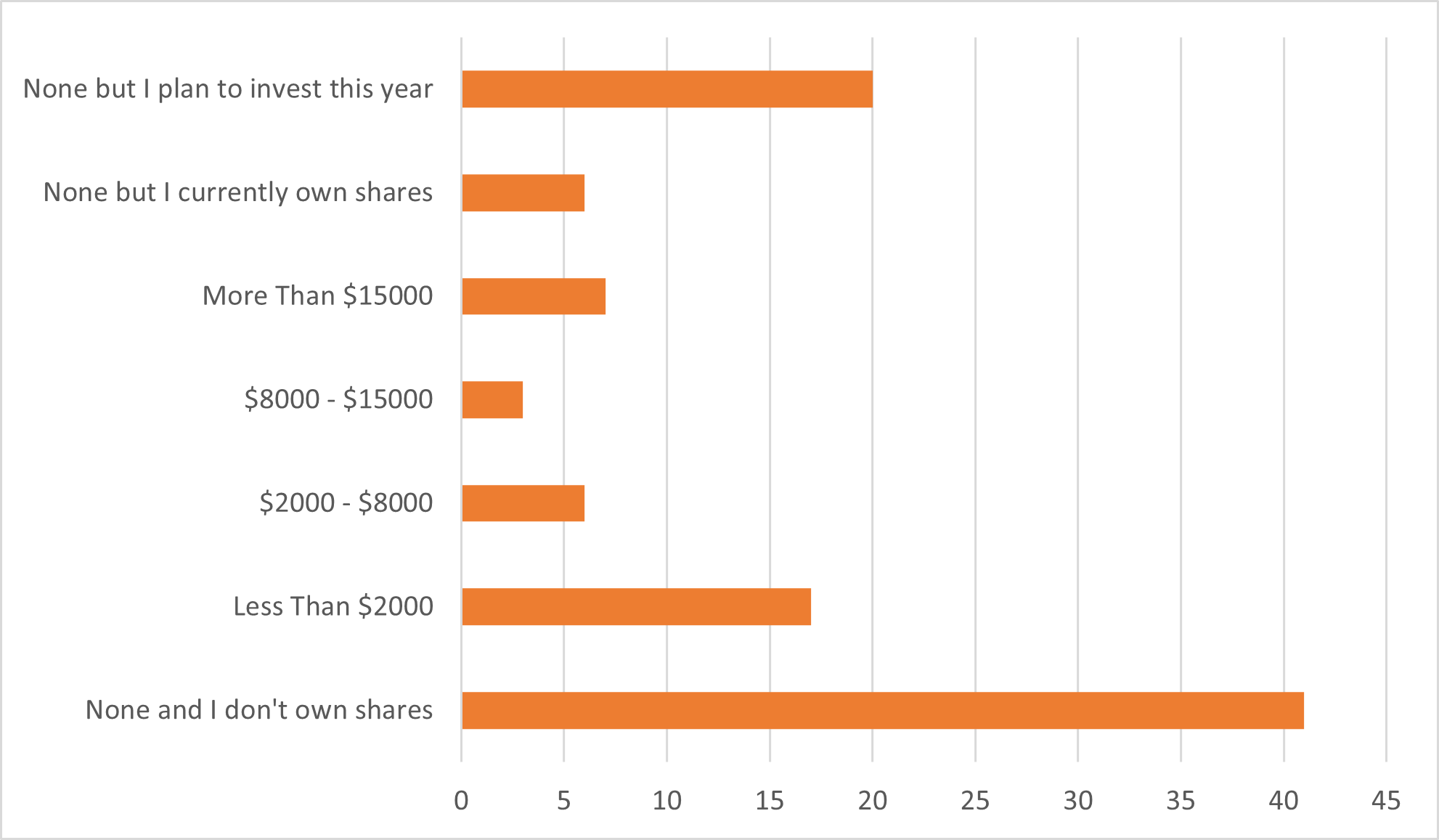A key part of a healthy and robust financial plan is having a properly diversified portfolio. Investments come in all shapes and sizes and is only one portion of your broader financial plan, which may also include taxation strategies, estate planning, risk management, and more. With terms like annualized rate of return and asset allocation, investing even seems to come with its own language. And knowing where to even begin can be daunting. Fortunately, an in-depth knowledge of investing is not required to get started.
Why is Investing Important?
Famed investment advisor Robert G. Allen said it best: “how many millionaires do you know who have become wealthy by investing in savings accounts? I rest my case.”
That coveted path to financial security and freedom is built upon the growth of your existing financial assets.
“Saving alone is unlikely to get you to financial independence,” WealthCo’s Howard Wong points out. “Investing alone also will not get you to financial independence if you haven’t saved enough. You need both.”
Key Investment Factors to Keep in Mind
Before jumping in, it is important to consider a few key investment factors.
Your Financial Goals and Objectives
All sound financial planning begins with working with your financial planner to identify your WHY. This why will vary from individual to individual and directly correlates to your longer-term goals and aspirations and considers things like:
1. Who are you financially responsible for?
2. How long do you want to work?
3. What are your most pressing financial concerns?
4. What would happen in the event of a job loss or medical issue?
5. What is most important to you?
6. What are you saving up for?
Risk Tolerance
Risk tolerance refers to an investors’ appetite for risk when it comes to their investments. Does the prospect of potentially losing money, even temporarily, cause you to lose sleep? That is an indication that you have a low risk tolerance and would be best served (at least currently) with conservative investments with very little market volatility. Or perhaps you are okay with some portfolio volatility as long as the potential for higher returns is there? If you are one who doesn’t lose sleep over some fluctuations in your portfolio, you may prefer a more growth-oriented approach. Assessing this risk tolerance is a key step in ensuring the optimal investment fit.
Time Horizon
“It’s critical for first-time investors to understand what their time horizon is,” Wong explains. “A 30-year-old investing for retirement has a time horizon of 60 – 70 years, whereas someone who is 65 years old may have a 25 - 35 year window. Time horizons for retirement planning should be based on life expectancies. As long as you are alive, you will require income. Retirement or financial independence, is helping a client solve an income problem, not necessarily a capital problem.”
Furthermore, there isn’t a hard and fast end point to your investment activities. Investing is different than speculation – a successful investor should have a long-term mindset for the marathon ahead. “Most people will likely need to continue investing even after amassing a large nest egg or risk depleting their assets with rising costs of living,” Wong points out. “While it might feel like you have sufficient funds, inevitably, the nest egg will get depleted if the rate of withdrawals is faster than the growth rate. That’s not debatable, it’s a fact.”
Tuning Out the Noise
The 21st century has ushered in more noise than ever before, something that can be challenging and detrimental for someone who is new to the investing process.
“We are in an increasingly tech and information-driven age, one where talking heads and ‘financial pornography’ are available at every turn, 24/7, and competing for our attention with big promises of flashy returns, or to tell us how the world is ending,” Wong shares. “At some point all these talking heads can really permeate an individual’s ability to stay the course.”
The First Step in Your Investment Journey
With your WHY clearly articulated, your risk tolerance determined, and your time horizon firmly in mind, it’s time to take that first step. The first step is an easy one, as Wong explains.
“You do not have to be knowledgeable about investments as long as you have a good and trusted advisor to provide advice.”
Investment counsellors are experts in the various investment vehicle options and can guide you to the right investment strategies and solutions based on your goals, risk tolerance, and investment timeframe. They can seek alternative strategies to provide enhanced diversification and they have discretion to use additional tools in the toolbox to deliver risk adjusted returns that best align with your objectives. “Working in an integrated approach, can also mean better after-tax returns”, Wong states. “With strategic planning, you can keep more of what you earn without taking on any additional market risk.” Investment counsellors can also help clients tune out the noise by acting as a sounding board and by providing a steady hand when emotions run high.
For those looking to take more of a hands-on approach, perhaps by using a roboadvisor or investment app, Wong gives the following advice.
“If you prefer the roboadvisor or DIY route, then you should do quite a bit more research about capital markets, history, behavioral finance, asset allocation, diversification, and risk tolerance (gut check).”
Interested in taking that first step in your investment journey? You won’t regret doing so. Let’s discuss next steps.
Related articles:
RRSPs or TFSAs: Which is the Right Investment Option for You?

Related Posts



